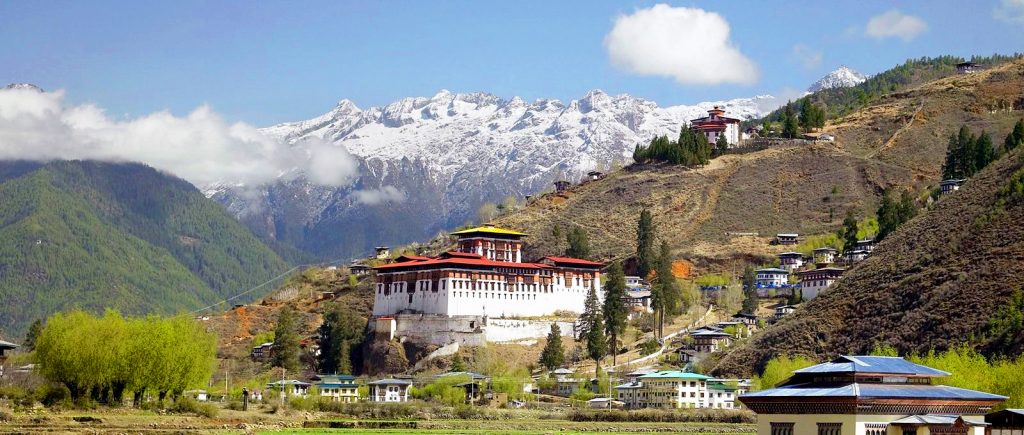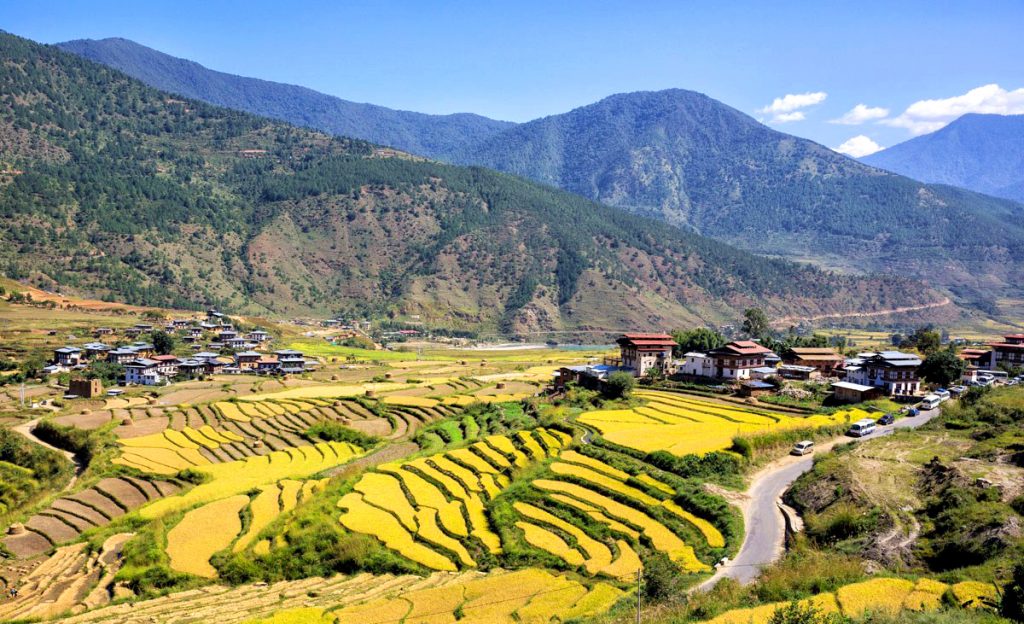Bhutan, a tiny Himalayan Kingdom, never cease to amaze the world with its incredible policies which can only be a dream for most of the countries. The Bhutanese government considers that the happiness of the people is the most important thing in any decision or policy that it makes, so Gross National Happiness is more important than Gross domestic product.
Overview
Bhutan is the only country in the world where its citizens have constitution obligation to protect their environment, which means 60% of the nation have to stay forest. It is the only country in the world to be carbon negative.
Bhutan regulates tobacco and tobacco products, banning the cultivation, harvesting, production, and sale of tobacco and tobacco products in the country. However in 2012, Parliament passed urgent amendments with the effect of greatly increasing permissible amounts of tobacco and reducing penalties, although sale and distribution remain prohibited.
Although a small country, and considered as the least developed country in Asia, it actually comes 1st in economic freedom and ease of doing business and peace and ranks 2nd highest in per capita income in all of south east Asian countries. It is indeed the Happiest country in the world!
No wonder Bhutan has become the favorite vacationing destination for celebrities!
Some of the celebrities who have vacationed in Bhutan– Prince William and Kate Middleton (Duke and Duchess of Cambridge), Their Majesties The King and Queen of Sweden, politician Aung San Suu Kyi to Hollywood superstars like Brad Pitt, Richard Gere, Keanu Reeves, Drew Barrymore, Leonardo DiCaprio, Mick Jager, Justin Timberlake, Cher, Michael J Fox , Cameron Diaz, Bryan Adams, K.D. Lang, Demi Moore, Sting, Jennifer Lopez, Uma Thurman, Steven Seagel , Micheall Yeow, Eva Mendes, Nathalie Kelley, Emma Stone and Andrew Garfield, Emily Blunt and John Hoskins, Ricki Martin, Jet Li, and South East Asian celebrities like Charm Reya Osthanond, Kathryn Bernardo, Daniel Padilla, Khalil Ramos, Enrique Gil, Xiong Naijin, Gretchen Barretto, Martinez, Tony Leung, Carina Lau and many more.
This adventure takes you on a journey to the Eastern Himalayas and its Jewels- Darjeeling, Sikkim and Bhutan. We begin with a unique experience of the reminiscence of the British Raj- Darjeeling. A fascinating train-ride in the hills to begin with, which is a UNESCO World Heritage, Darjeeling Himalayan Railways established in 1881 which still runs in original steam engine. Live in centuries old Victorian Bungalows, visit Tea Estates of Darjeeling and witness the making of the World’s best tea- Darjeeling tea. After Darjeeling, visit Sikkim, the land of Orchids, famous for its ancient Buddhist culture. Enjoy a short but scenic trek to one of the most famous Buddhist pilgrimage site in Sikkim. We then venture in to the Land of the Dragon- Bhutan. A combination of tours and trek in this fabled land of Happiness, where the country’s achievement is calculated in the Gross National Happiness, gives you an amazing experience of this happy Kingdom. Since you are already in the land of the Taj Mahal, you can end your exotic journey in the Himalayas with visiting one of the 7 wonders of the world- The Taj Mahal, Monument of Love, which has for centuries have captured the imaginations people around the world. This trip has it all- the best the region has to offer.
What makes this trip special
- Train ride with the 139 years old UNESCO World Heritage Darjeeling Himalayan Railways
- Stay at a Victorian Bungalow at Goomtee Tea Estate established in 1899
- Witness the processing of the World’s best tea- The Darjeeling tea
- Participate the tea tasting of the first flush tea and make your own tea
- Sightseeing around Darjeeling (Himalayan Mountaineering Institute, Snow Leopard and Red Panda breeding centre, Tibetan Refugee Self Help centre)
- Sightseeing in Gangtok, visit the famous Rumtek Monastery
- Spectacular mountain flight to and back from Paro
- 6 nights/ 7 days trip in Bhutan
- Hike to the famous Taktshang Monastery (Tiger’s Nest)















